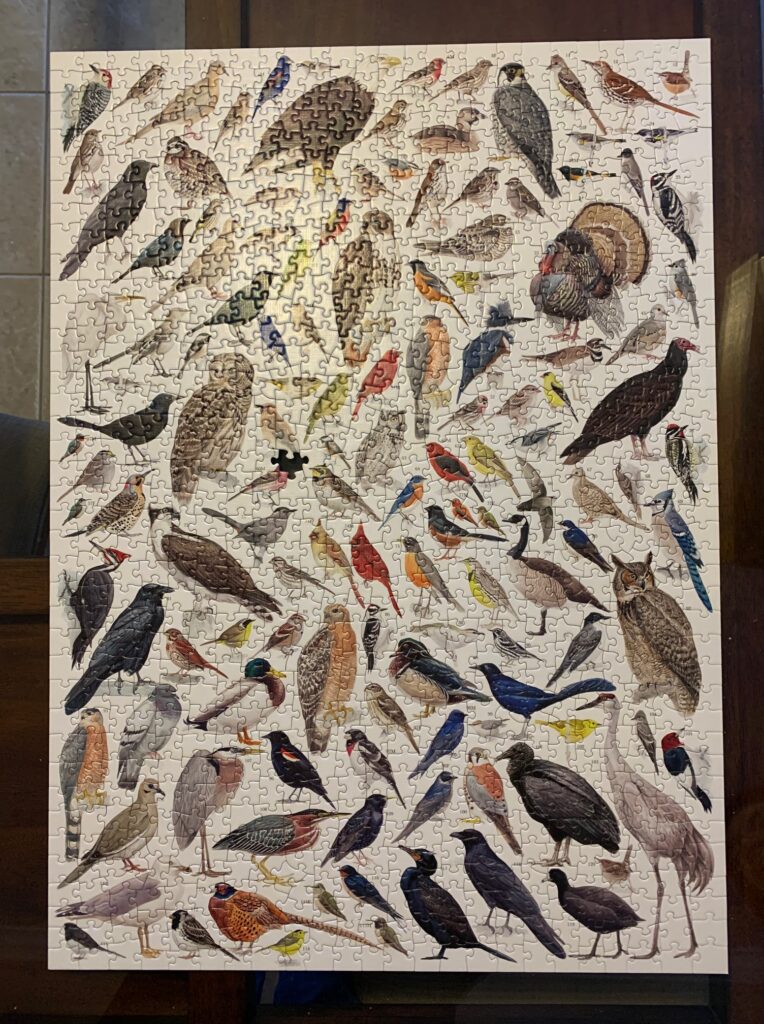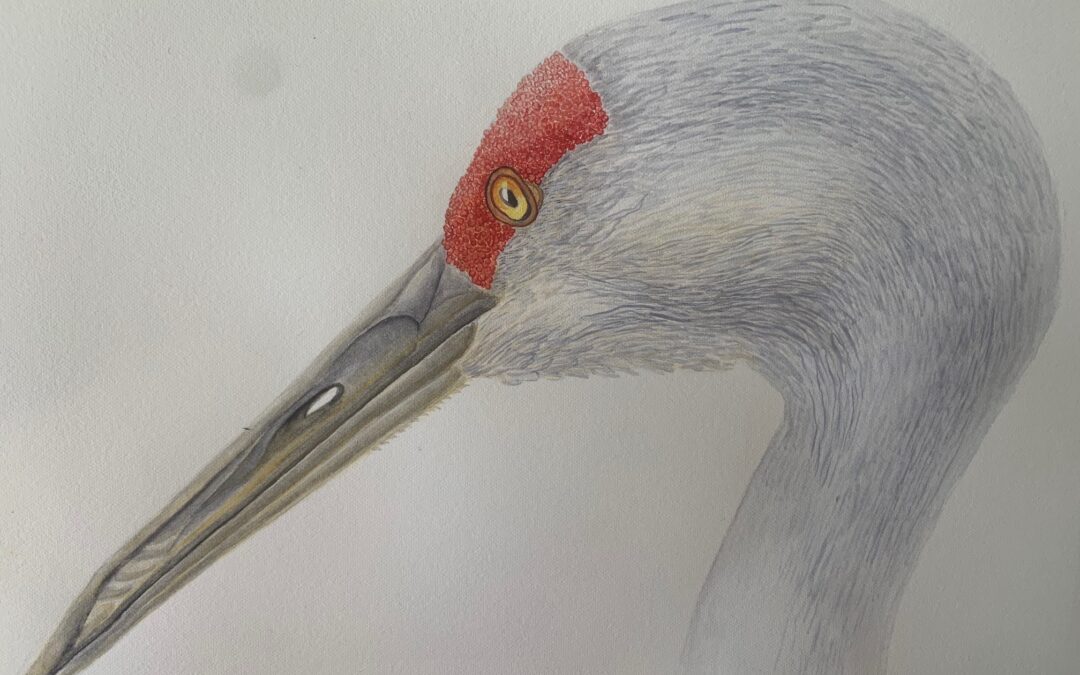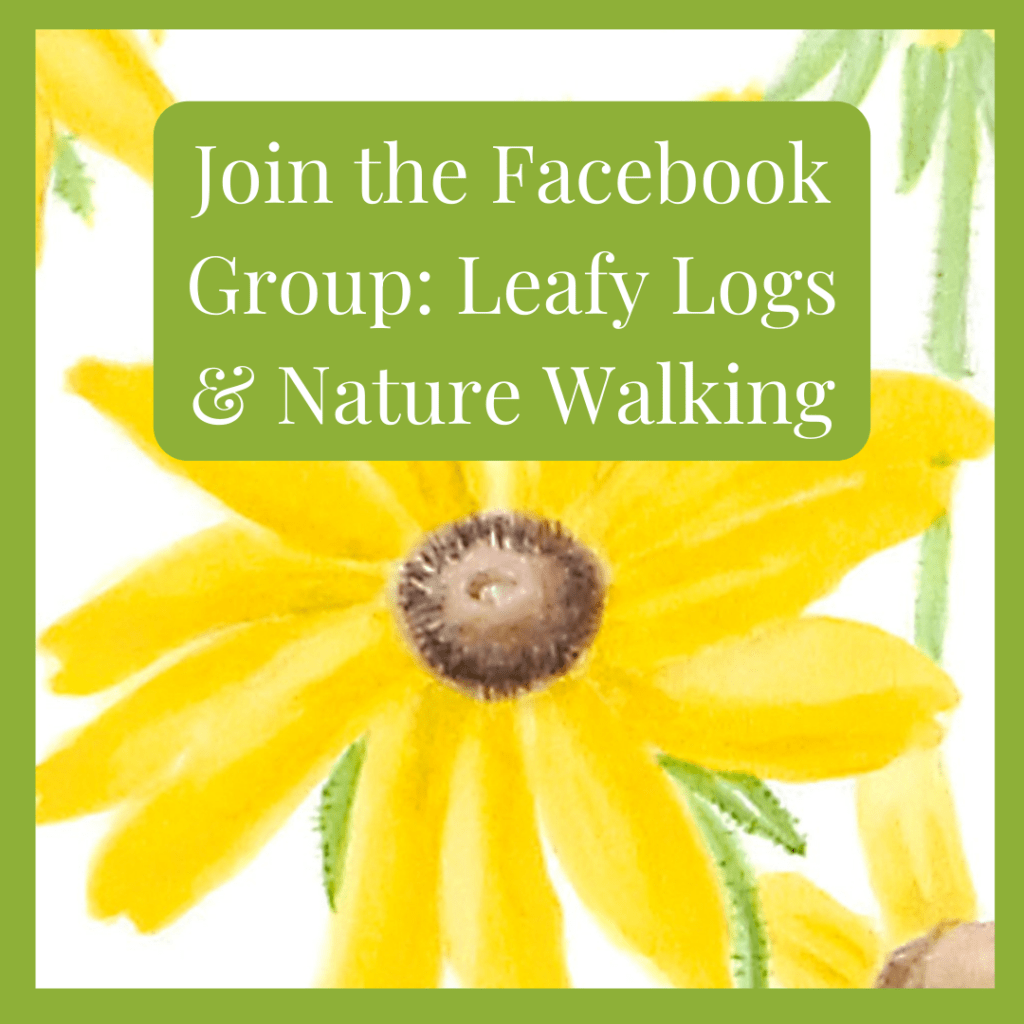This week’s blog isn’t actually about a walk in the woods or along a road. It is about my bird feeder birds. They are giving me lots of pleasure as winter passes the last corner. They seem to be the most lively entertainment from nature at this time (although my daffodils have braved the 7 degree Fahrenheit weather and are about 3 inches above ground).
I started thinking about adding birds to my botanical paintings, or, perhaps, adding flowers to my bird paintings. The National Audubon Society has finally caught my attention. And from there I became very interested in the resources of the Cornell Lab of Ornithology. You have probably heard about the Audubon Society. But did you know about the resources that the Cornell Lab of Ornithology offers? It is open to everyone and is associated with Cornell University in New York State. It has reliable information about birds. My husband and I are taking one of their courses to identify birds at our feeder.
They divide the birds into groups found in the east or the west of the United States. The dividing line is approximately the Mississippi River. Some birds are found in both areas, but some don’t stray far into another area. Of course, some of the birds we see in the eastern part of the country during the summer are now in South America or at least as far south as Florida and Puerto Rico.
My granddaughter gave me a puzzle about birds for Christmas. I don’t think she realized how wonderful and accurate the puzzle is. It is a difficult puzzle, but I learned a lot about little birds that look almost alike, but are different species. How do ornithologists ever differentiate and identify them? Feet and wings and little beaks are everywhere. You can see that I finished the puzzle, but there is one piece missing. I swept the floor, but still no piece. It’s always disappointing to have all but one piece.

I am also taking a bird painting course with Mindy Lighthipe, a first rate botanical painter in Florida. In addition I signed up on the Cornell Lab of Ornithology website for a beginners’ bird acrylic painting course. I needed inspiration during the winter when my favorite flowers are asleep. You can see from the picture of the Sandhill Crane, that I like birds with red heads. The next picture will be a pileated woodpecker.
In the summer in northern Wisconsin we have a pair of sandhill cranes that nest in the Herbster Slough. They are very fond of a field near the county road, so lots of us watch them hunting for frogs and slugs in the grass when we drive past. Even though they are wild, we consider them our personal friends. Usually they produce one chick (or colt) each year or so. They enrich our lives.
At my feeder, I have primarily the birds that the Cornell Lab suggests will be there. There are house finches with their pretty red heads, a pair of cardinals, chickadees and several sparrows. There are some finches that I think will turn yellow as the breeding season approaches. Right now they just look dull. Occasionally we have a grackle. He hangs precariously off the side of the feeder, because the perch is too small for him to grasp easily.
The doves and the dark-eyed juncos only feed on the ground. Sometimes I throw seed on the ground for them. The juncos are my favorite. They are called “snowbirds,” because the undersides of their wings flash white when they fly. They arrive in the fall after breeding in Canada, just as the snow flurries begin.
What seeds are in your feeder? Mostly I have sunflower seeds and safflower seeds. I was surprised to learn that many birds like peanuts, too. Not the kind that are salted, but the natural ones. Maybe I will add some to my feeder. Do you have suet? Suet is just animal fat with seeds inside. Sometimes peanut butter is added. Some years I have made it myself and then hung it in a net or screened feeder box. This year I haven’t yet hung any out. It attracts woodpeckers, so it’s not too late.
The birds will begin to move north again slowly as the ground warms and the flowers and insects wake up again. I am already impatient. We have no snow here in eastern West Virginia, so there are no winter sports activities. What are you doing for fun as the winter wanes?
*Although I may mention people or organizations that interest me, I have no agreement with them, nor am I paid by any of them.


